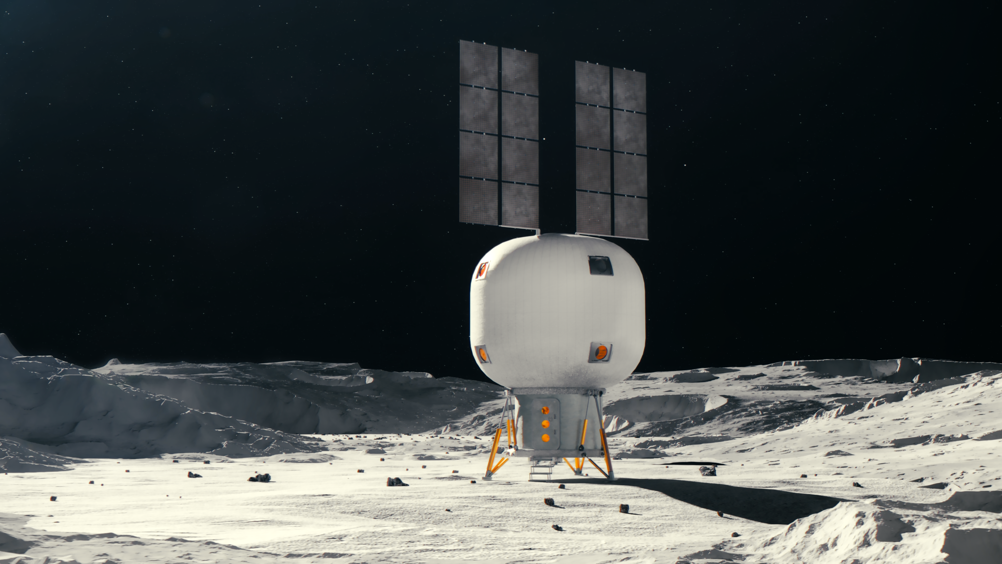The technologies that will underpin a sustainable long-term future in space
Experts at the Space Comm expo in London earlier this year explored some of the challenges in building a sustainable human presence in space. Jon Excell reports

The global space economy - once the sole preserve of governments - is growing and changing rapidly as a host of entrepreneurs and new space innovators eye up the potential of opportunities, ranging from asteroid mining and orbital data centres, to space-based solar power and zero-gravity drug development.
Indeed, according to analysts, commercial activities now account for almost 80 per cent of a sector that’s predicted to grow from $630 billion in 2023 to $1.8 trillion by 2035.
Most of the opportunities currently emerging owe much to the dramatic reductions in launch costs in recent years, with the advent of reusable rockets such as the SpaceX Falcon 9 enabling - in some cases - a more than 90 per cent decrease in the cost of putting a payload into space.
But whilst getting into space cost-effectively is a key step in the development of the sector, it’s only part of the picture. Staying there is the next big challenge. And earlier this year (March 2025) experts from across industry gathered at London’s Space-Comm Expo to explore some of the technical and economic hurdles standing in the way of a sustainable long-term presence in our cosmic backyard.
Register now to continue reading
Thanks for visiting The Engineer. You’ve now reached your monthly limit of premium content. Register for free to unlock unlimited access to all of our premium content, as well as the latest technology news, industry opinion and special reports.
Benefits of registering
-
In-depth insights and coverage of key emerging trends
-
Unrestricted access to special reports throughout the year
-
Daily technology news delivered straight to your inbox











Pipebots Transforming Water Pipe Leak Detection and Repair
Fantastic application.